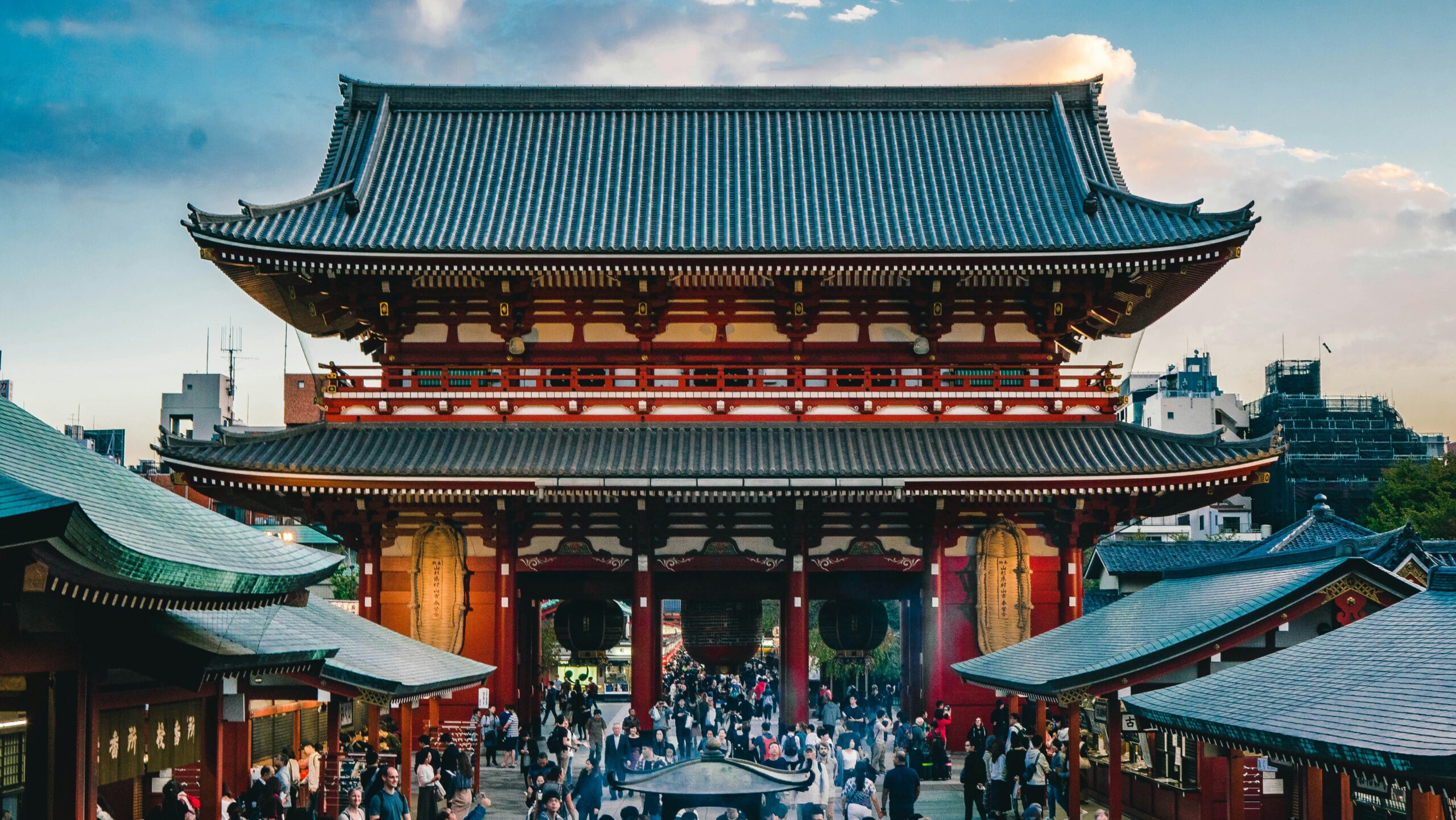By the end of March, I had finally started to feel at home in Tokyo.
It had been six months since I left Perth, Australia.
Work and life in Japan were going well, yet something still felt… detached.
It was as if I were tracing the surface of everything, unable to break through an invisible membrane between the Japan I knew from books and the Japan unfolding before my eyes.
One day, a casual conversation with a colleague lingered in my mind.
“Have you ever been to Asakusa in spring?
The cherry blossoms are beautiful, and the people are so warm.
It still has the feel of old Tokyo—something you can’t really grasp through a screen.”
Something about those words stayed with me.
Maybe, just maybe, I’d find an “air” I couldn’t reach in my daily life.
On the next weekend, I set out for Asakusa.
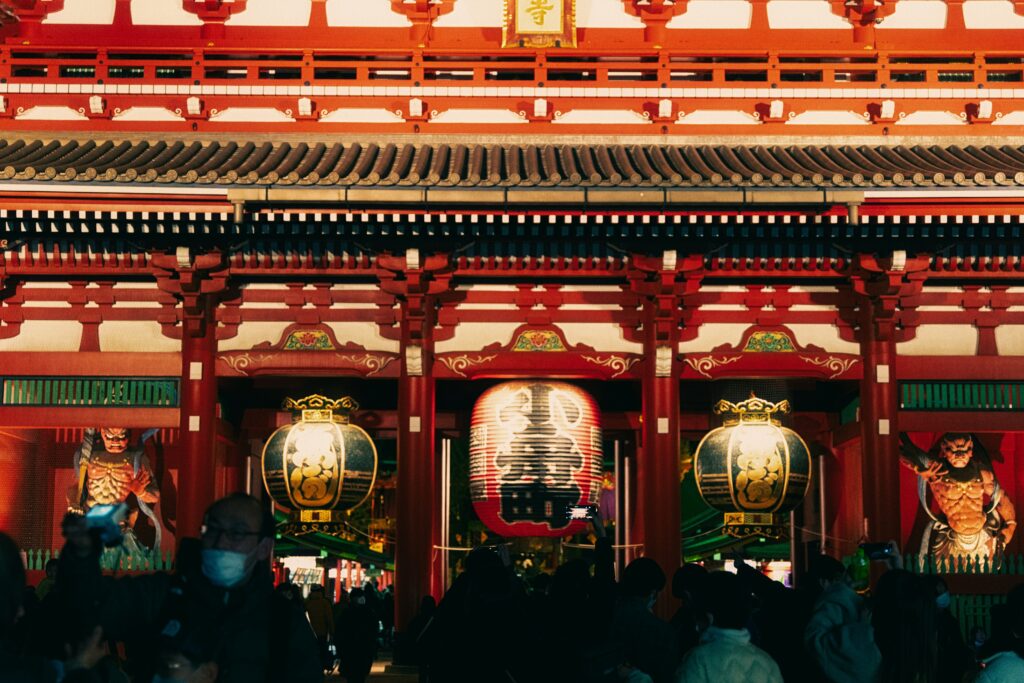
Stepping out of the station, I was wrapped in the gentle breath of spring.
The morning was still a little chilly, but soft sunlight bathed the streets with a tender glow.
Ahead of me stood the giant Kaminarimon Gate, painted in vivid red.
A massive lantern hung in its center, flanked by statues of the god of thunder and the god of wind.
I had seen this image countless times in photos, but standing before it, the gate exuded a presence far stronger than any screen could capture.
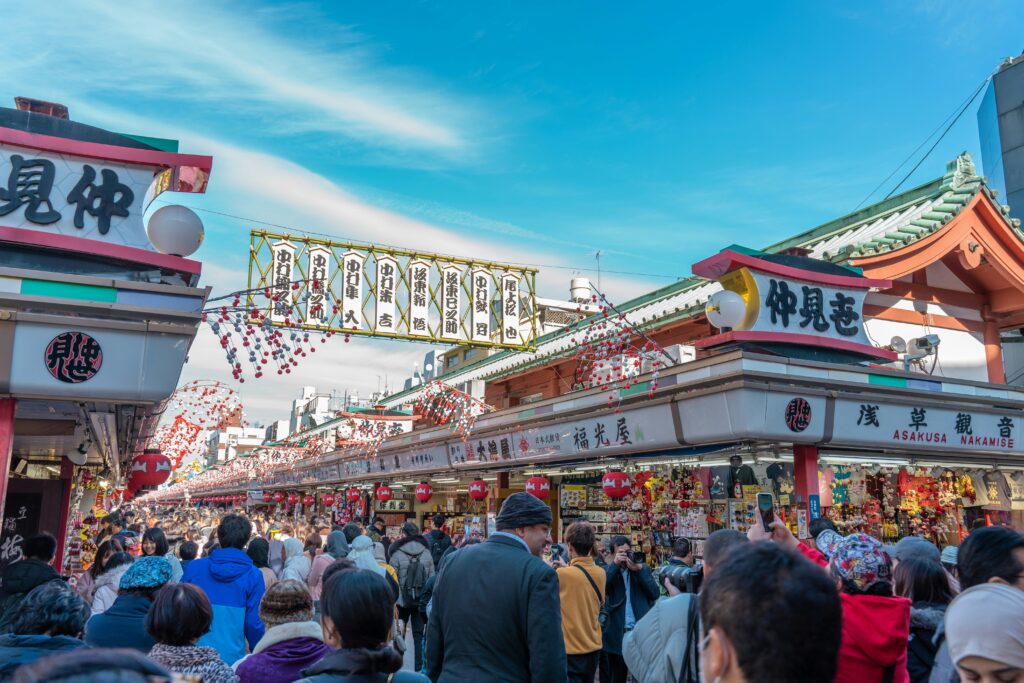
Passing through the gate, I entered Nakamise Street.
Lining both sides were rows of tiny shops, each brimming with handmade sweets, fluttering paper crafts, and the savory scent of grilled rice crackers.
I couldn’t resist stopping to buy some freshly baked ningyoyaki cakes.
The soft sponge cake, filled with warm, sweet red bean paste, was the perfect companion for a crisp spring morning.
At the end of the bustling street, Senso-ji Temple rose grand and timeless.
Although crowds filled the grounds, there was a quiet undercurrent of prayer that threaded through the noise.
I rinsed my hands at the water pavilion, bathed in the sacred smoke of incense, and closed my eyes.
Somewhere, I thought I heard the gentle sound of cherry blossoms falling.
Later, I wandered toward Sumida Park, famous for its cherry blossoms in spring.
Along the river, rows of sakura trees were in full bloom.
Their soft pink blossoms stretched across the sky like drifting clouds, and their petals floated lazily down the river like tiny boats carried by the current.
I found an empty bench and sat down, taking in the scene.
Next to me, a young man was adjusting his camera, intently capturing the fleeting beauty before him.
He wore a simple hoodie and jeans, his focus entirely on the lens.
After a few shutter clicks, he noticed me and gave a small nod.
Naturally, we struck up a conversation.
His name was Yuta, about the same age as me.
“During university, I saved up by working part-time and traveled all over Japan and abroad,” he said with a grin.
“Somewhere along the way, I fell completely in love with photography. I just couldn’t stop pressing the shutter.”
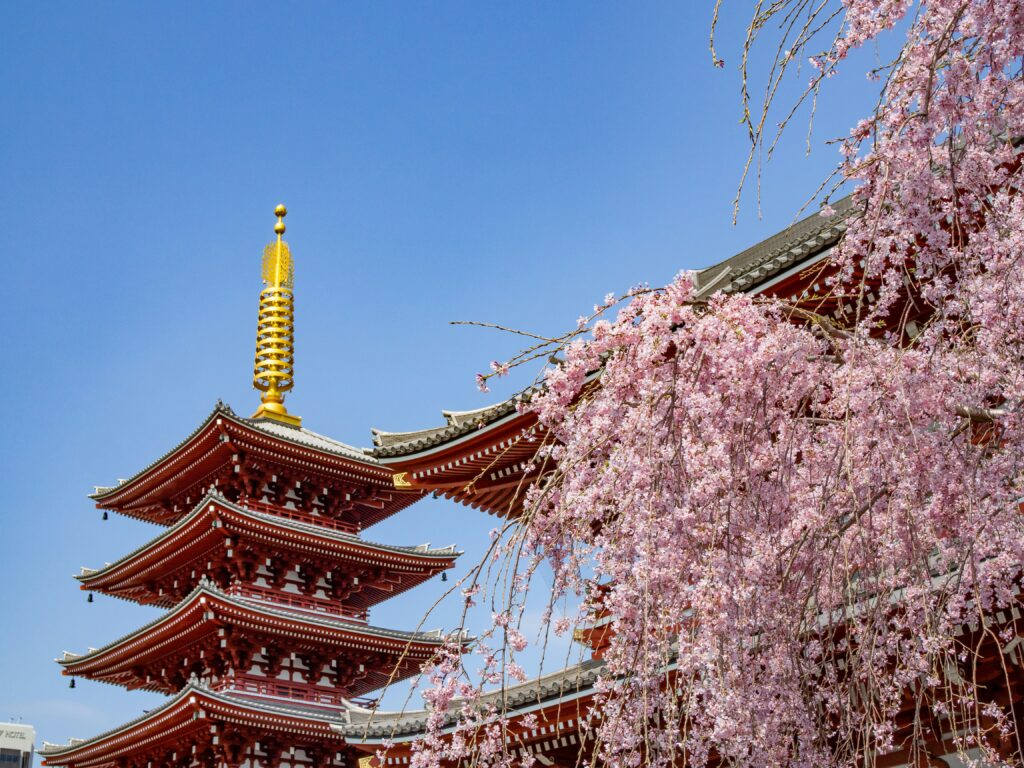
Today, he works at a mid-sized IT company in Tokyo while pursuing his dream of becoming a full-time photographer.
He sells some of his photos to magazines and websites, slowly building a portfolio.
One day, he hopes to publish a photo book and hold exhibitions around the world.
“No matter how many photos you see online, you can’t really understand a place unless you feel its air yourself,” Yuta said, turning his lens back toward the river of cherry blossoms.
His words struck a chord.
Maybe I had been mistaking “knowing” for truly “experiencing.”
As afternoon wore on, I wandered back toward the town center.
Drawn by a fragrant scent, I stepped into an old-fashioned tempura restaurant with a faded curtain at its entrance.
Inside, the aged wooden beams and cozy counter gave off a comforting, lived-in warmth.
I ordered a bowl of Edo-style tendon—tempura over rice.
The moment it arrived, the air filled with the rich aroma of sesame oil and sweet soy sauce.
Lifting a piece of tempura with my chopsticks, I found the batter light and crisp, revealing plump shrimp and tender vegetables inside.
One bite, and a symphony of textures exploded—crunchy, fluffy, juicy.
The sweet-savory sauce soaked into the warm rice, blending into something that tasted like pure contentment.
After lunch, I found a small sweets shop tucked away in a side street.
They were serving a seasonal special: sakura anmitsu.
On the tray were translucent cubes of kanten jelly, a soft pink cherry blossom bean paste, chewy red peas, and a bright, tart strawberry.
The kanten wasn’t like the jello I knew—it had a springy resilience, yielding with a gentle bite and then melting away as if it were never there.
Its fleeting texture felt like eating a piece of spring itself.
Taking a bite, a delicate scent of cherry blossoms filled my mouth.
It was as if I were tasting the season itself.
Before heading home, I stopped by the Asakusa Culture and Tourist Information Center, its glass observation deck offering a panoramic view of the city.
From above, Asakusa looked lively yet nostalgic, bathed in the soft hues of the setting sun.
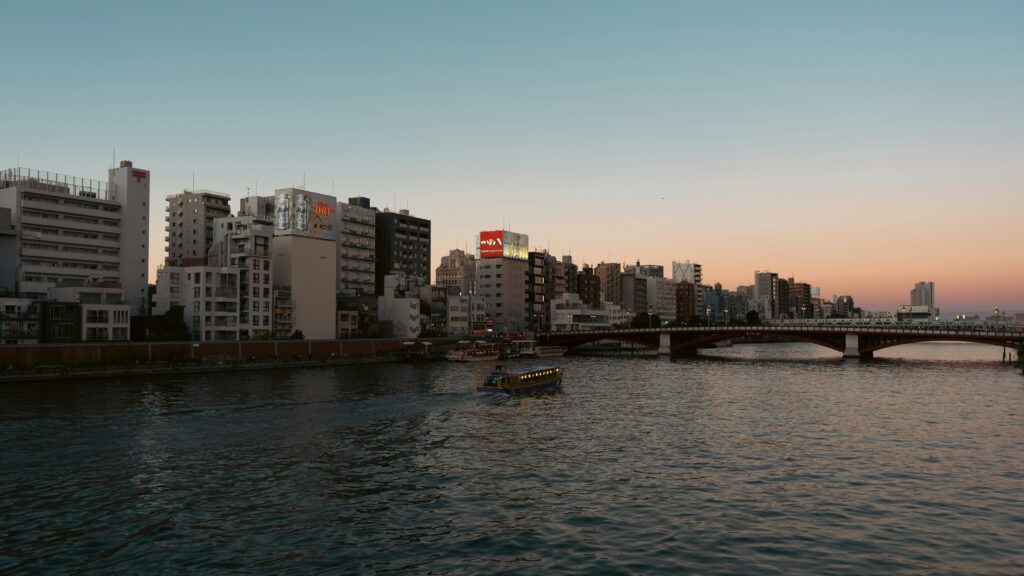
As twilight deepened, I walked once more along the Sumida River.
The reflection of cherry blossoms and golden light shimmered and blurred on the water’s surface.
Yuta’s words came back to me.
There are things you can’t touch through a screen.
The wind brushing past you, the murmur of voices, the scents carried by the air, the expressions on people’s faces.
The world reveals itself only when you are truly present.
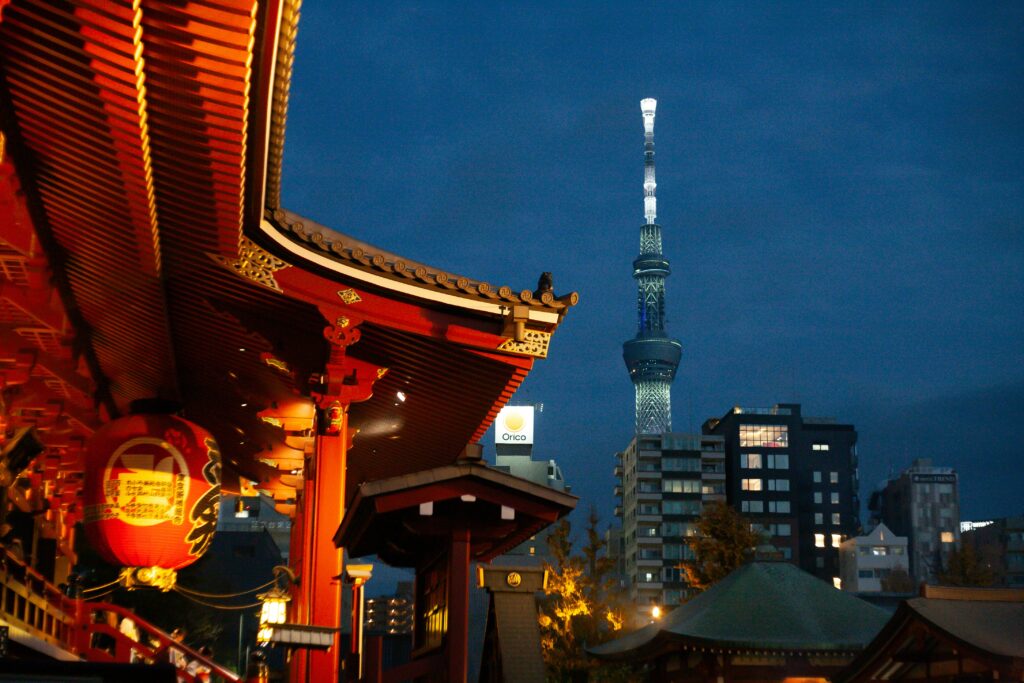
That day, I think I finally touched the “air.”
Something I would have missed had I only chased speed and convenience.
Something you can only encounter when you slow down, open your heart, and stand quietly in the moment.
The air of springtime Asakusa whispered this truth to me.
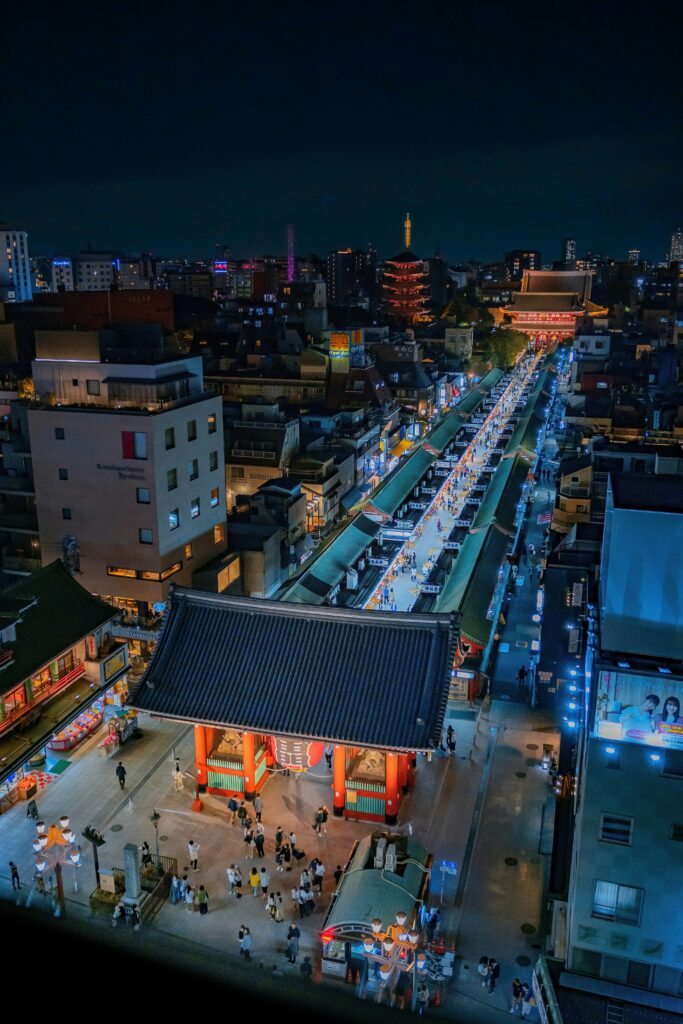
Something New Travel

